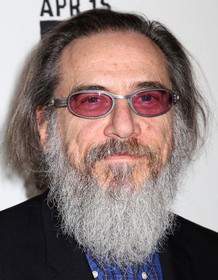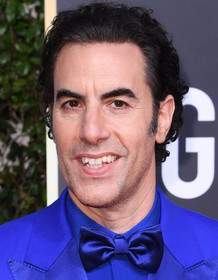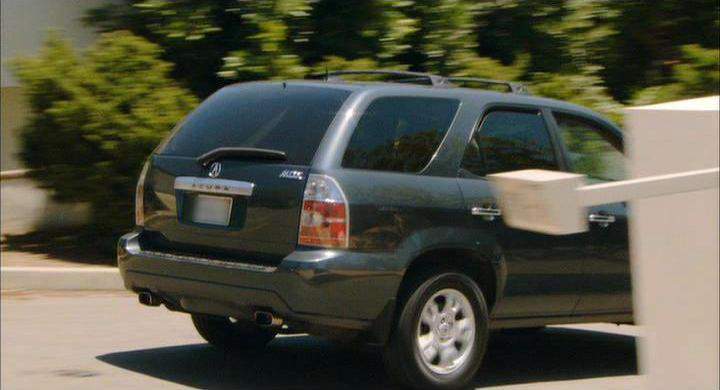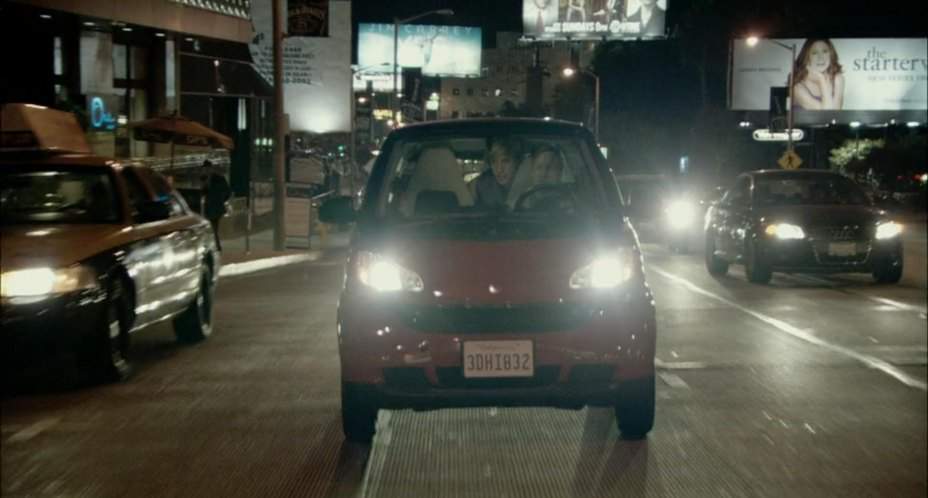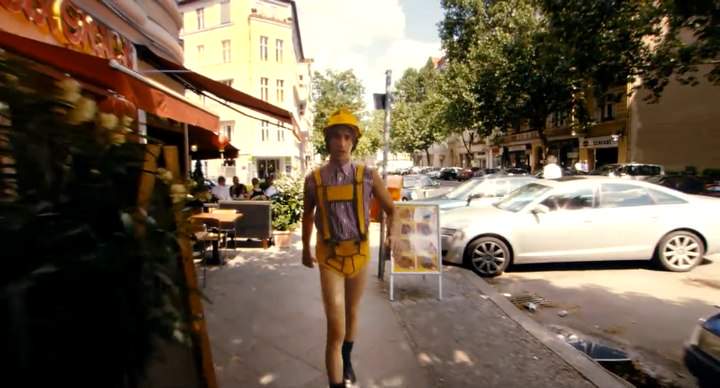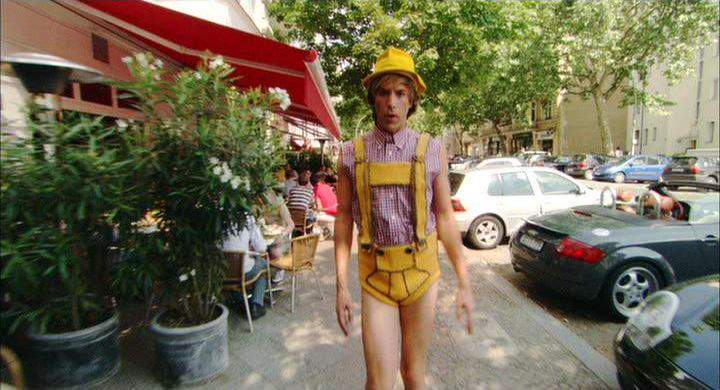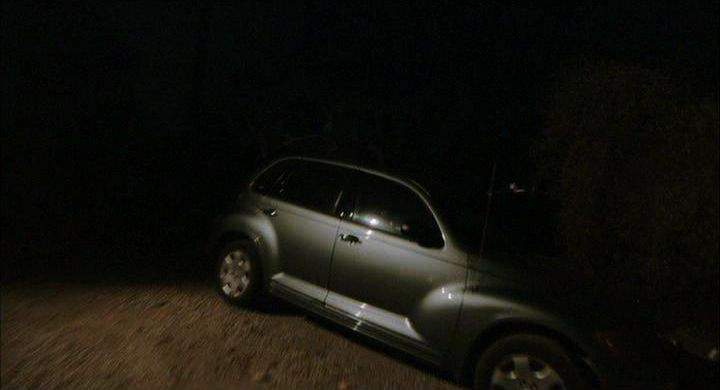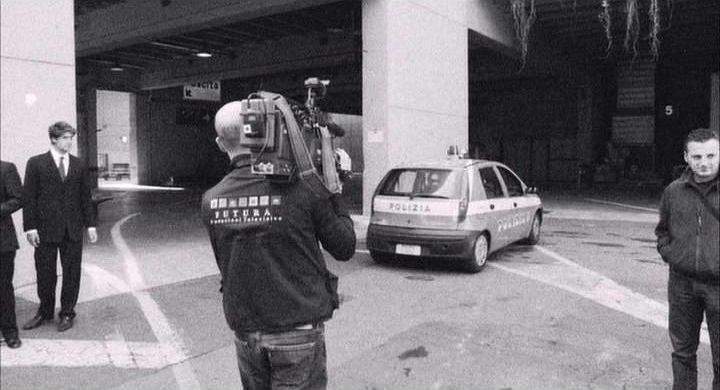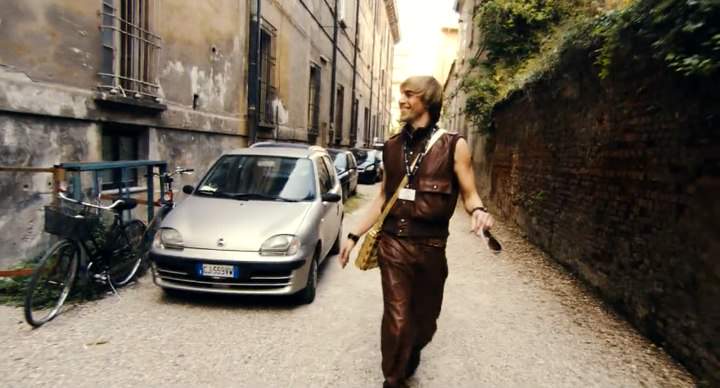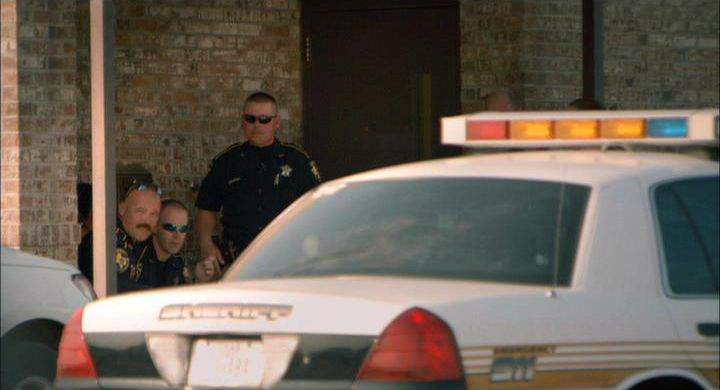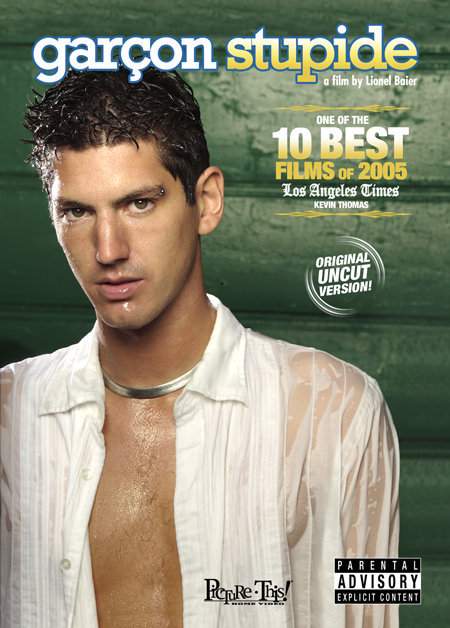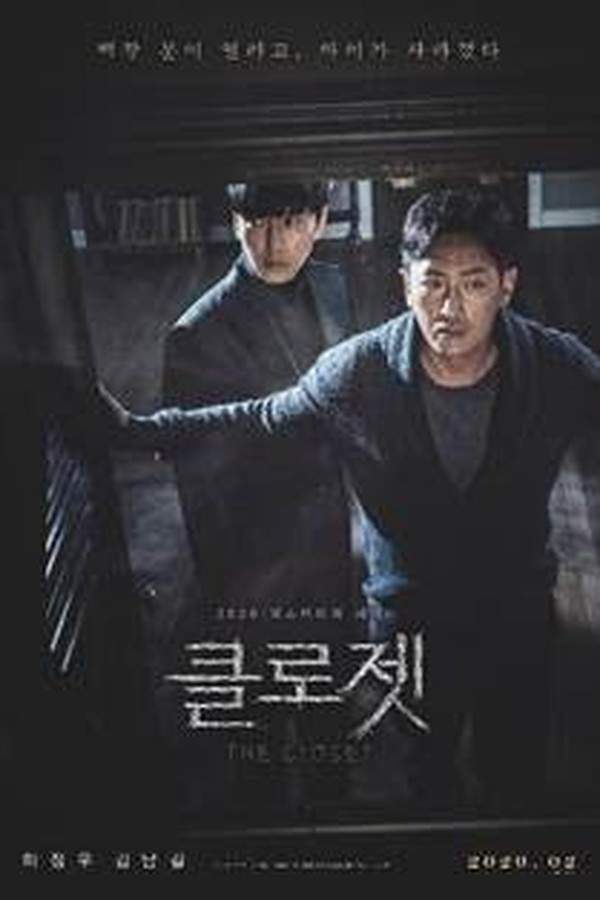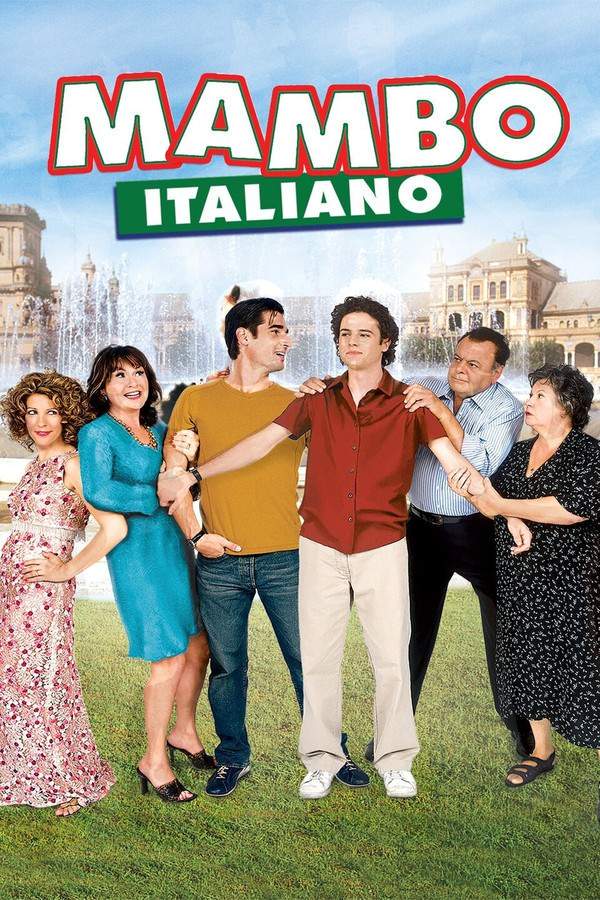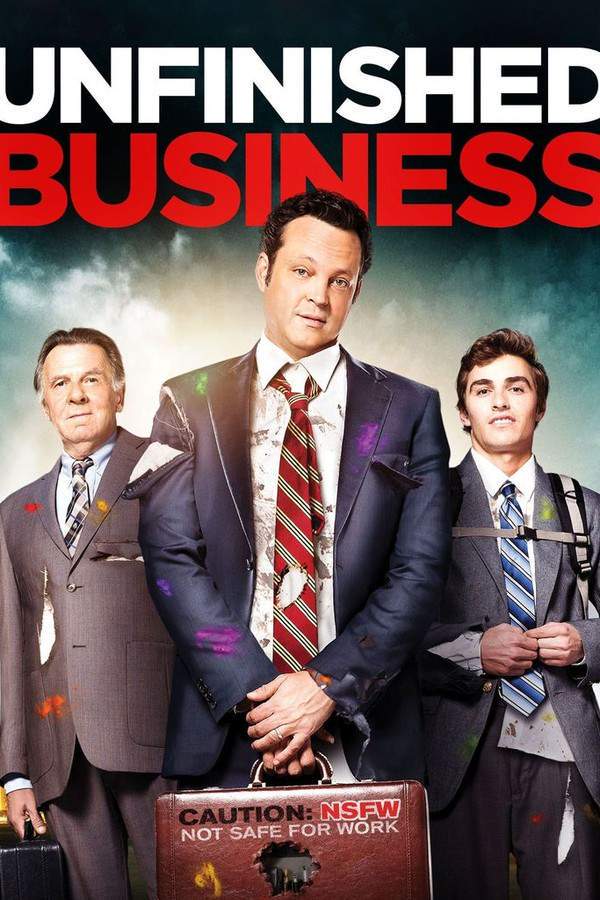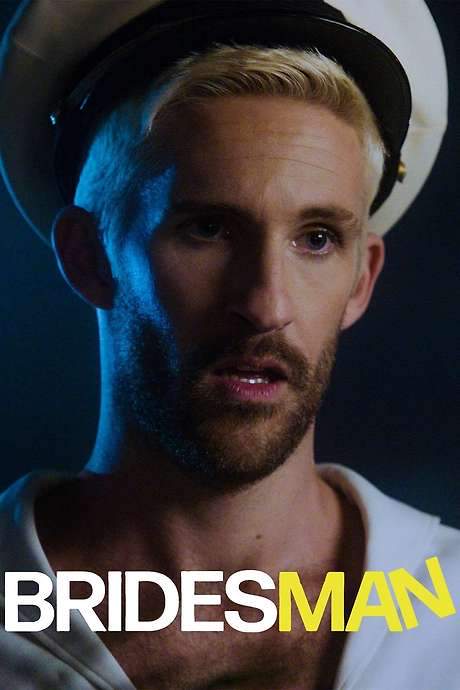Bruno 2009

This comedy follows a flamboyant Austrian fashionista whose career takes a disastrous turn after a failed runway show. Blacklisted and seeking a fresh start, he travels to the United States and creates a provocative television interview program. His outrageous and unfiltered interactions with celebrities and public figures lead to increasingly chaotic and socially awkward situations, challenging American cultural norms and sparking controversy.
Does Bruno have end credit scenes?
Yes!
Bruno does have end credit scenes. Stay until the very end!
Meet the Full Cast and Actors of Bruno
Explore the complete cast of Bruno, including both lead and supporting actors. Learn who plays each character, discover their past roles and achievements, and find out what makes this ensemble cast stand out in the world of film and television.
External Links and Streaming Options
Discover where to watch Bruno online, including streaming platforms, rental options, and official sources. Compare reviews, ratings, and in-depth movie information across sites like IMDb, TMDb, Rotten Tomatoes or Metacritic.
Ratings and Reviews for Bruno
See how Bruno is rated across major platforms like IMDb, Metacritic, and TMDb. Compare audience scores and critic reviews to understand where Bruno stands among top-rated movies in its genre.

54
Metascore
5.6
User Score

5.9 /10
IMDb Rating

56
%
User Score
Take the Ultimate Bruno Movie Quiz
Challenge your knowledge of Bruno with this fun and interactive movie quiz. Test yourself on key plot points, iconic characters, hidden details, and memorable moments to see how well you really know the film.
Bruno's Outrageous Journey: Test your knowledge on the comedic misadventures of Bruno, the self-proclaimed fashion guru, as he navigates fame and chaos in his quest for stardom.
What does Bruno believe about his influence in the fashion world?
He thinks Austrian supermodels revolve around his whims
He believes he is the best designer
He thinks he invented fashion
He believes he is the only one who can set trends
Show hint
Full Plot Summary and Ending Explained for Bruno
Read the complete plot summary of Bruno, including all major events, twists, and the full ending explained in detail. Explore key characters, themes, hidden meanings, and everything you need to understand the story from beginning to end.
Gay Austrian fashion reporter Bruno fancies himself an Uber Influencer, convinced that the lives of Austrian supermodels revolve around his curated list. His show, Funkyzeit Mit Bruno (Funkytime with Bruno), showcases his brand of outrageous antics, including an infamous incident where he invites a guest to reveal his pubic hair on air. However, Bruno’s career takes a nosedive when he disrupts a Milan Fashion Week catwalk in September 2008, appearing in a Velcro suit that hilariously entangles everything in its path. Following this mishap, he faces the heartbreak of his pygmy flight attendant lover, Diesel (Clifford Banagale), leaving him for another man, which results in Bruno being blacklisted from European fashion events.
Undeterred, Bruno embarks on a quest to become “the biggest Austrian superstar since Hitler,” accompanied by his assistant’s assistant, Lutz. Their journey leads them to Hollywood, where agent Lloyd Robinson expresses disinterest in Bruno’s talent after a disastrous audition. Determined to revive his career, Bruno struggles to secure a role even as an extra on NBC’s Medium, drawing attention away from the shoot. Lutz suggests a celebrity interview show, leading to a cringe-worthy encounter with Paula Abdul, where a lack of furniture sees her seated atop a naked man, and sushi is served on a naked body. This unusual encounter seals Bruno’s reputation as a pariah on the Hollywood interview circuit.
With dreams of celebrity interviews dashed, Bruno tries his hand at producing a pilot that bombards audiences with outrageous stunts, including an erotic dance and a scandalous close-up of his anatomy. The focus group’s reaction is brutal, declaring the pilot to be “worse than cancer.” Seeking new avenues, advice leads him to rendezvous with Congressman Ron Paul, whom he mistakenly believes to be a drag queen, leading to a chaotic encounter.
In an ambitious bid for fame, Bruno consults PR consultants to tackle a significant world issue, ultimately choosing the highly sensitive Israeli-Palestinian conflict, hoping to gain publicity by attempting to mediate peace talks. His misguided adventures in Jerusalem include sing-alongs with politicians and eager plans for a peace treaty that are met with ridicule and confusion.
Bruno’s laughable attempts to gain notoriety extend to a misguided visit to a Palestinian refugee camp where he recklessly insults a militant leader, only to find himself in desperate situations. He even goes as far as to adopt a child model, all in hope of raising eyebrows and generating buzz, but finds himself in hot water when social services intervene amidst his ludicrous escapades.
As his journey takes a dark turn, Bruno experiences a form of personal crisis, leading to a series of misguided attempts to change his sexual orientation, including joining the National Guard and attending a swinger’s party. Despite these efforts, he remains unable to mask his identity, culminating in a humorous transformation where he emerges as “Straight Dave”, hosting a wild cage-fight match that unexpectedly rekindles his romance with Lutz. With this newfound fame, Bruno endeavors to reclaim his love and enlists music legends to produce a charitable anthem, Dove of Peace, making a bold statement amidst the chaos of his life.
Uncover the Details: Timeline, Characters, Themes, and Beyond!

Coming soon on iOS and Android
The Plot Explained Mobile App
From blockbusters to hidden gems — dive into movie stories anytime, anywhere. Save your favorites, discover plots faster, and never miss a twist again.
Sign up to be the first to know when we launch. Your email stays private — always.
Watch Trailers, Clips & Behind-the-Scenes for Bruno
Watch official trailers, exclusive clips, cast interviews, and behind-the-scenes footage from Bruno. Dive deeper into the making of the film, its standout moments, and key production insights.
Cars Featured in Bruno
Explore all cars featured in Bruno, including their makes, models, scenes they appear in, and their significance to the plot. A must-read for car enthusiasts and movie buffs alike.
Bruno Themes and Keywords
Discover the central themes, ideas, and keywords that define the movie’s story, tone, and message. Analyze the film’s deeper meanings, genre influences, and recurring concepts.
Bruno Other Names and Titles
Explore the various alternative titles, translations, and other names used for Bruno across different regions and languages. Understand how the film is marketed and recognized worldwide.
Similar Movies To Bruno You Should Know About
Browse a curated list of movies similar in genre, tone, characters, or story structure. Discover new titles like the one you're watching, perfect for fans of related plots, vibes, or cinematic styles.
Quick Links: Summary, Cast, Ratings, More

What's After the Movie?
Not sure whether to stay after the credits? Find out!
Explore Our Movie Platform
New Movie Releases (2026)
Famous Movie Actors
Top Film Production Studios
Movie Plot Summaries & Endings
Major Movie Awards & Winners
Best Concert Films & Music Documentaries
Movie Collections and Curated Lists
© 2026 What's After the Movie. All rights reserved.


